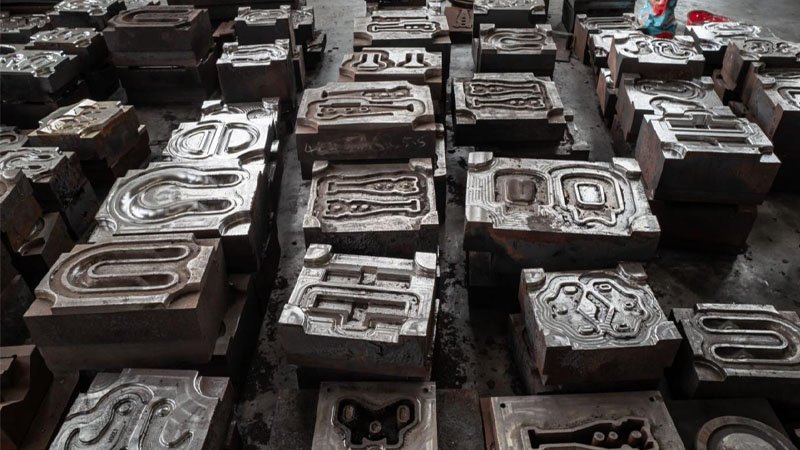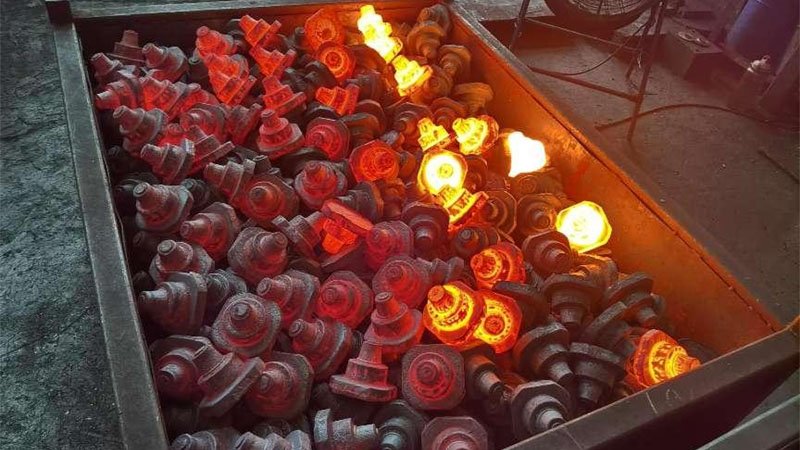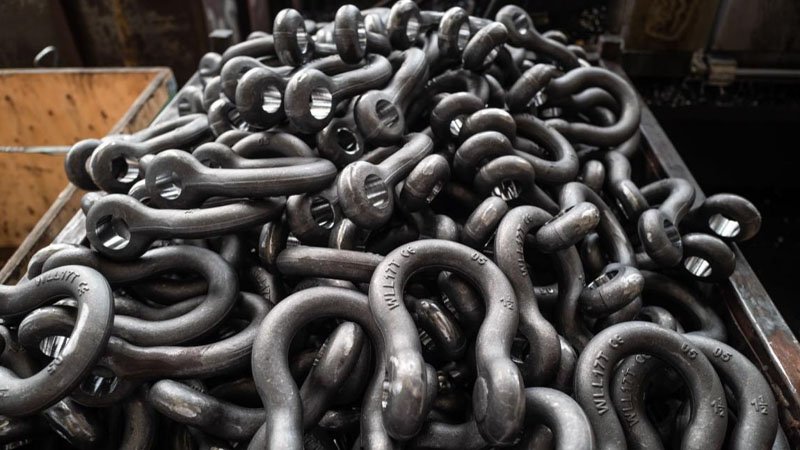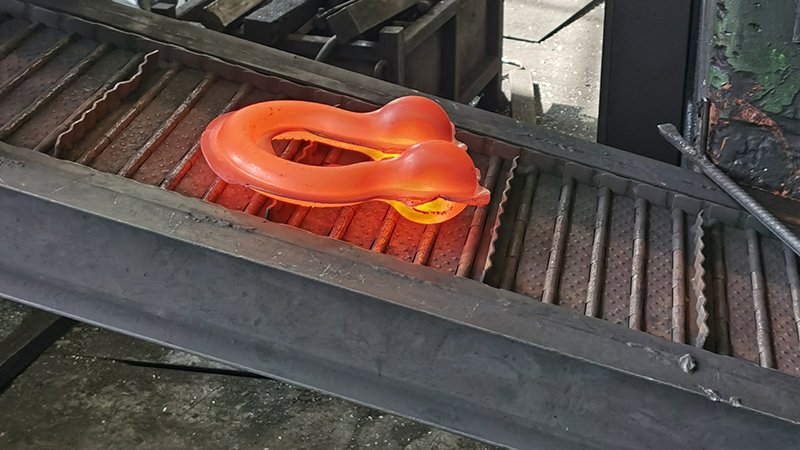Welcome to Sinostar Industrial Machinery Co., Ltd.
What Is Forging
Forging is the oldest metalworking process in the world. When it comes to safety, and reliability, especially for products used under stress and at pressure points in machinery, you want a forged product that meets the highest standards.
This article discusses two types of forging processes: open die forging (the more conventional process) and closed die forging, including non-conventional closed die processes like “rotary forging” that offer greater dimensional accuracy, better surface finish quality, strength, and grain flow.
Sinostar MACH is a professional closed die forging manufacturer. Next, based on our many years of factory experience, let's discuss the process and characteristics of closed die forging.

Keep reading to discover:
The difference between open, closed die, and rotary forging
The benefits of each, explaining the surge in demand for rotary forging, especially for components with large and complex geometries.
Which applications are best for each
How the processes determine different qualities in a product
Factors to look for when choosing a forging process and company to work with

Closed die forging process:
Also called impression forging, closed die forging is very similar to open die forging, except that the dies are custom made in specific shapes and the metal is encased within the dies.
Open die forging uses dies that leave the metal open, but closed die forging encases the metal, allowing for more precise forged shapes:
Prepare your pre-form or metal billet:
Heat the metal and exert pressure by “stamping” or “hammering”, similar to the open die process.
The metal will fill the space inside the dies. What little metal comes out between is called the “flash” and only helps to put more pressure to create the shape.
Remove the flash and prepare the new shape for its end use.

Closed die forging applications:
Closed-die forging is one of the most commonly used methods for forging steel parts. Like open die forging, it is also strong and durable, having worked the metal’s internal grain structure. Well suited to produce parts that are smaller in size and in large quantities, closed die forging is great for parts that do not have complex mechanical properties.
Examples of closed die forged applications for the automotive industry include connecting rods, Control arms, Axle beams, Axle shafts and more. For the industrial sector, expect to see gears, shafts, hammer union nuts, spike harrow teeth, tie rod ends, shackles, hooks, and more.
What is the difference between closed die forging & open die forging
To summarize, open die forging differs in its process from closed die forging (impression forging) by the shape of the dies used. Typically, open dies are flat, possibly concave or v shaped, but always open. Closed die forging on the other hand uses dies that completely encase the metal, allowing it to fill up the space between the dies.
While both processes are similar and produce strong products as the grain flow is worked and follows the shape of the metal, open die forging is typically reserved for short or long production runs, simple shapes in general, and in varying size (from small shapes to large 20 meters, 100+ ton beams and tubes). Closed die forging uses customized dies and therefore is more suited to producing more specifically shaped products for longer runs.
Rotary Forging – A Unique Die Method
Modern manufacturing requirements demand short lead times and cost effective flexible production. While the concept of open die and even closed die forging has been used since the first metalworking attempts, there is a new method that’s gained popularity in the last few decades that enables manufacturers to meet those requirements. Due to its non-conventional but ingenious method, rotary forging is a closed die forging process that angles a contoured or conical die to apply pressure and deform the metal from pre-form to a finished product with more accuracy, less time, and increased cost efficiency.
Rotary forging employs a combo of rotation, rolling and axial compression with dies that are neither parallel nor flat. This translates into compression in a more concentrated area while delivering superior structural integrity and grain flow in the metal.
More specifically, rotary forging offers greater dimensional accuracy, better surface finish quality and material hardening, and optimized grain structure.
Another major reason for consideration is that the concentrated compression enables manufacturers to form net- or near-net-shape components (whereas with conventional forging, you’d likely pay high prices only to machine up to 95% of it away as waste).

Rotary Forging Applications
It’s no surprise that approximately one-quarter to one-third of all parts that are either hammer or press forged could be formed on a rotary forge. The benefits have attracted attention from the automotive, aerospace, and alternative energy industries.
Rotary forging is particularly good for those who require components with large and complex geometries. The process produces products that require ring rolling, spinning/flow forming, swaging and cross-wedge rolling, or more complex shaping. In fact, it’s often for parts that would otherwise have to be completely machined because of their shape or dimensions.
Particularly effective in forging parts with high diameter-to-thickness ratios, rotary forging is ideally suited to this process because of its ability to concentrate its compression. Applications of rotary forging include gears, flanges, hubs, cams, rings, and tapered rollers, as well as thin disks and flat shapes. Changing the type of motion of the die, allows for other applications including T-flanges, thin disks and large flanges.
Rotary forging is also used to produce intricate features on workpiece surfaces. Parts such as gears, hubs, and hexagonal shapes have traditionally been difficult to produce by conventional forging because die-workpiece friction made it difficult to fill tight spots properly on the dies.
If you’re currently in need of metal working, let’s talk about your options. It’s worth taking the time to discover what advantage you’ll have with Sinostar Forge and how we can help you meet your goals.